A New History of the Irish in Australia, by Elizabeth Malcolm & Dianna Hall. NewSouth Publishing, RRP $34.99.
During a visit to Ireland last year, I was struck by how many people, having established that I was Australian, said, ‘I’ve got a sister in Brisbane’ or ‘a cousin in Melbourne’ or even ‘an uncle in Kalgoorlie’. I was also taken by how many people playing music knew Australian songs and tunes, old and new. It reinforced something I already knew … that there is an inextricable link between Ireland and Australia and that the Irish have played a significant part in Australia’s European history, as convicts, assisted migrants, gold diggers and free settlers.
In his 1986 ground-breaking work, The Irish In Australia, Patrick O’Farrell suggested that the Irish were largely responsible for the Australian ethos of a ‘fair go’, challenging authority, maintaining independence and valuing mateship, mainly through their refusal to accept British identity. O’Farrell’s claim opened up a whole new debate but his work became the prime source for understanding the significance of the Irish in Australia.
This new book by Elizabeth Malcolm and Dianna Hall takes a fresh approach, using a wide range of primary sources not previously utilised. It examines racial stereotypes, gender, crime, mental health, employment and other topics in a way that provides a new perspective, evidenced by their proposal that considering the ‘Irish’ as one homogenous group does not necessarily explain the history and the influences on Australian culture.
Irish differences in religion, location (such as country or city or county), education and class have been highly significant in determining how the Irish fared in Australia and the attitudes towards them. Consider for instance that Ned Kelly was pursued by Irish policemen and sentenced to death by an Irish judge. Irish lawyers also opposed each other over the trials of the Eureka Stockade rebels.
Discrimination over religion
One of the biggest differences of course was religion and from my own family experiences I understood this, but I hadn’t really realised the extent and the level of bigotry and discrimination that this book demonstrates. What Malcolm and Hall also demonstrate very clearly is that there is an atavistic element to anti-Irish rhetoric. Every time in history when there was a new phase in the push for Irish independence in Ireland, this anti-Irish backlash came to the fore in Australia.
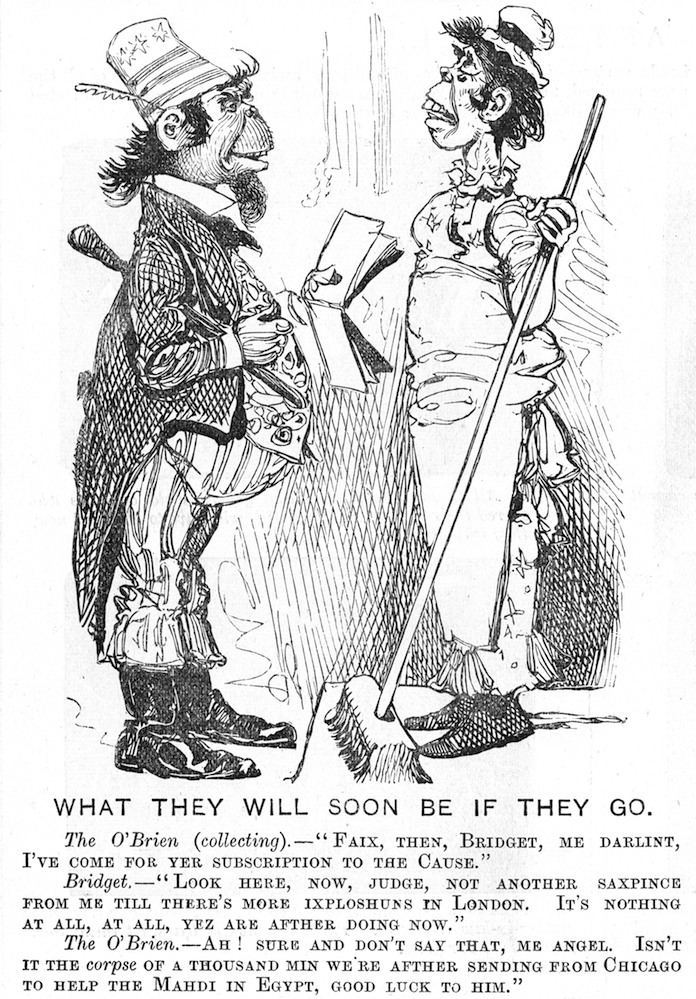
With the rise of the Fenians and the Irish Republican Brotherhood in the 19th century, the press and the establishment in Australia renewed their vitriolic attacks. The Irish were stereotyped as lazy and stupid and characterised in cartoons as apes. The Irish-born state premiers in Victoria were attacked mercilessly and regarded with suspicion as possible traitors to the British Empire. When Daniel Mannix championed the ‘no’ vote in the conscription referendums of the First World War, he was savaged and lampooned.
When Ireland declared neutrality in the Second World War, the Irish were depicted as traitors in Australia, even though many thousands of them fought in that war. With the advent of the ‘Troubles’ in Northern Ireland in 1968, we saw a return of the anti-Irish ‘jokes’ in Australia. Sadly, many people in Australia still think that telling anti-Irish ‘jokes’ is not racist. NINA (no Irish need apply) was once a common part of employment advertisements in Australia and even resurfaced in job ads in Perth as recently as 2012.
Irish diaspora
Unlike previous histories of the Irish in Australia, one of the really interesting things that A New History of the Irish in Australia does is to compare and contrast the Irish diaspora in Australia with those in America, Britain and elsewhere. The authors do this using historical texts and data from those countries and in so doing, produce some fascinating insights. The chapters relating to crime and madness also highlight how perceptions and stereotypes of the Irish play a significant part in interpreting those issues. They contain some intriguing individual examples and point to how attitudes in Ireland towards asylum committal probably accounted for the disproportionate number of Irish in Australian asylums.
This book is well researched and written with a high level of historical rigor, but it is anything but dry. It is highly readable and has a pace that keeps the reader engaged. It raises a lot of issues for further research and I would hope that other historians take up some of those issues. One of the things that some of those historians may learn from this book is to abandon the ludicrous and meaningless terms, ‘Anglo-Celtic’ or Anglo-Irish’.
Neither the Irish themselves nor the English ever considered that the Irish were ‘British’. The authors quote Patrick O’Farrell who described the term ‘Anglo-Celtic’ as “a grossly misleading, false and patronising contemporary convenience, one crassly present-centred”. As Malcolm and Hall demonstrate so well, we are talking about a diverse but racially and culturally distinct people.
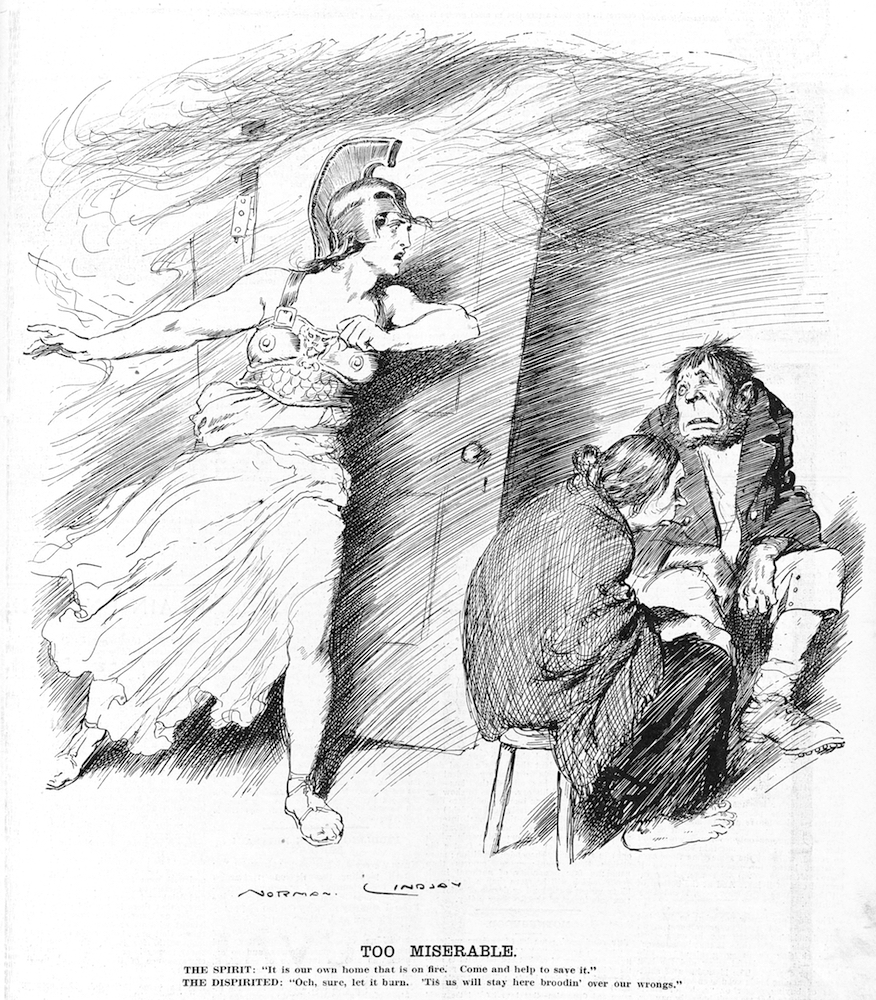
One thing that this book doesn’t do to any great extent is to examine the Irish influence on the arts, literature and particularly music in Australia. There is no doubt that Irish music has played a part in creating the Australian identity and a closer examination of that phenomenon would be very useful. Way back in the beginning of the Australian colony, the only links that the Irish convicts had to their culture was through music and dance. The other phenomenon worth exploring is the influence of Australian culture in Ireland itself.
For example, there was a time when every Australian household with Irish heritage had a copy of Around the Boree Log by John O’Brien (AKA the priest and poet Patrick Hartigan). I have a copy handed down through my mother’s family from which I learnt and proudly recited many of the poems at school. In a pub in Killarney recently I met a man who was the resident storyteller. Discovering that I was Australian, the first thing he asked me was whether I knew the poems of John O’Brien. He commenced to recite some and was mightily impressed when I told him that I owned two copies of the book, and he let other people in the pub know what a wonderful thing that was. There is in fact an element of reciprocity in the cultural exchange between Ireland and Australia.
There may be a lot more to explore and unravel but I would say that Malcolm and Hall’s book is the most important work since O’Farrell and one that will open up a new dialogue. Let’s hope that it inspires research in a wide range of areas. If you know anyone with Irish heritage, then this book is their Christmas present.
Slainte
Buy your copy of A New History of the Irish in Australia from Booktopia.
If you enjoyed this review, you might also enjoy reading Maurie’s review of Irish Women in the Antipodes: Foregrounded.

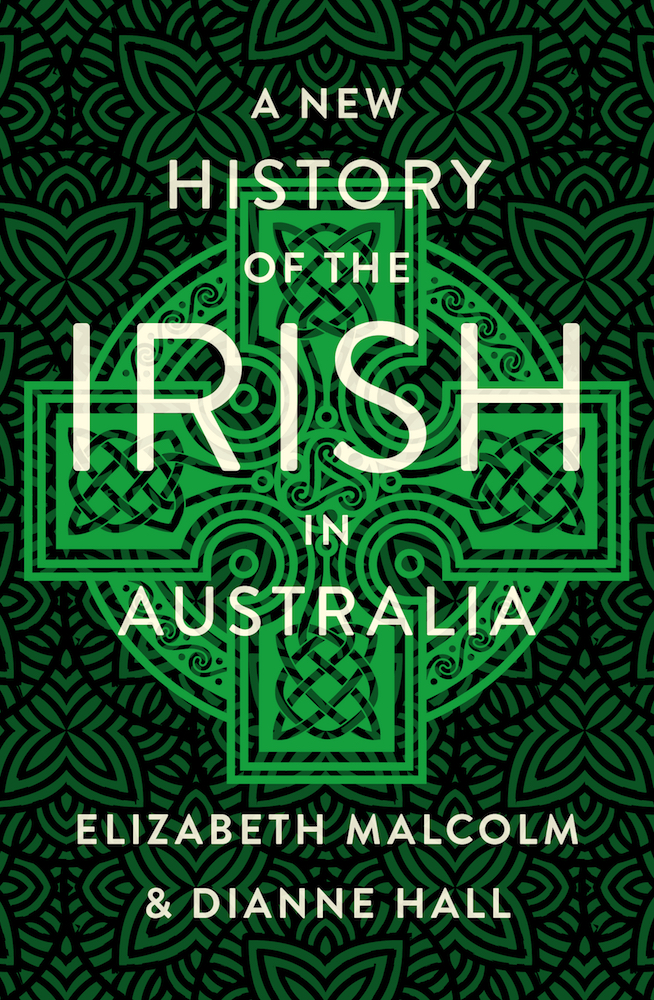

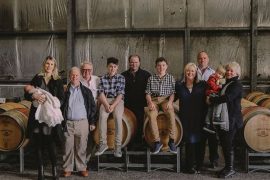

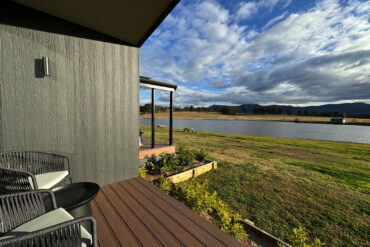
Interesting article thanks! I have encountered many similar tales of Aust connections when i have been in Ireland .